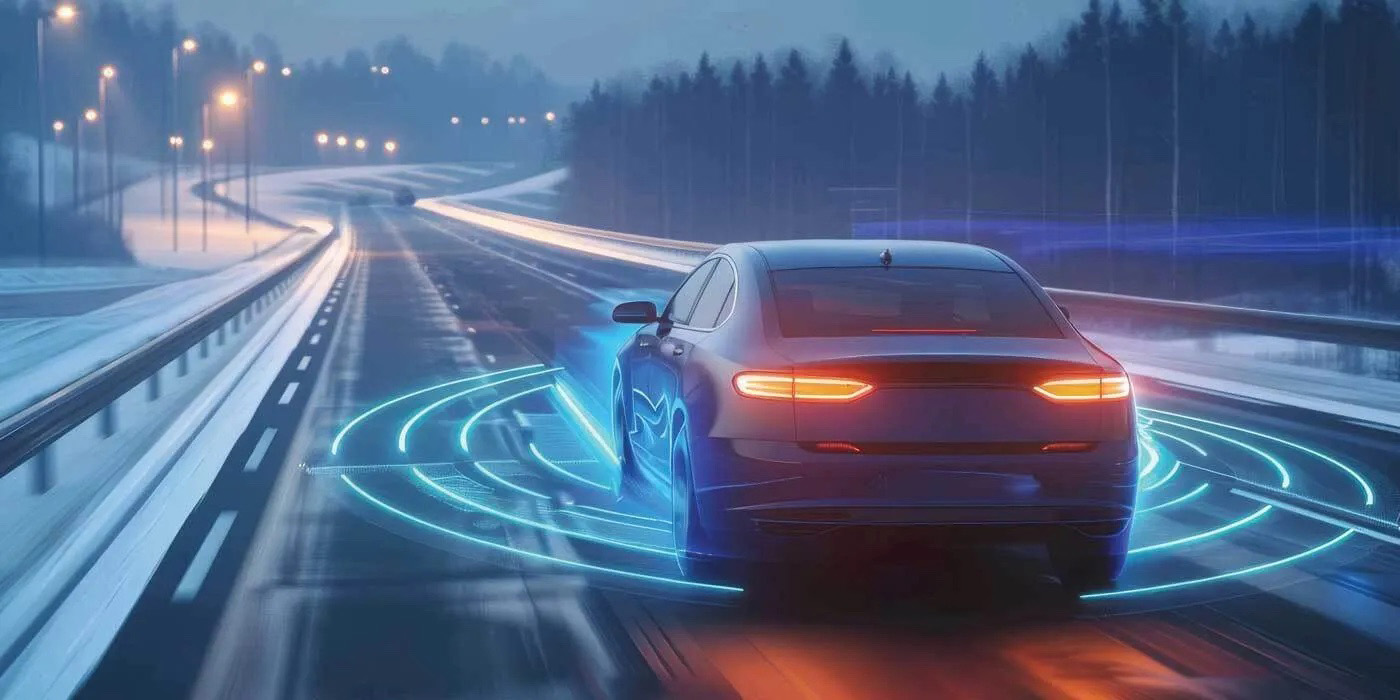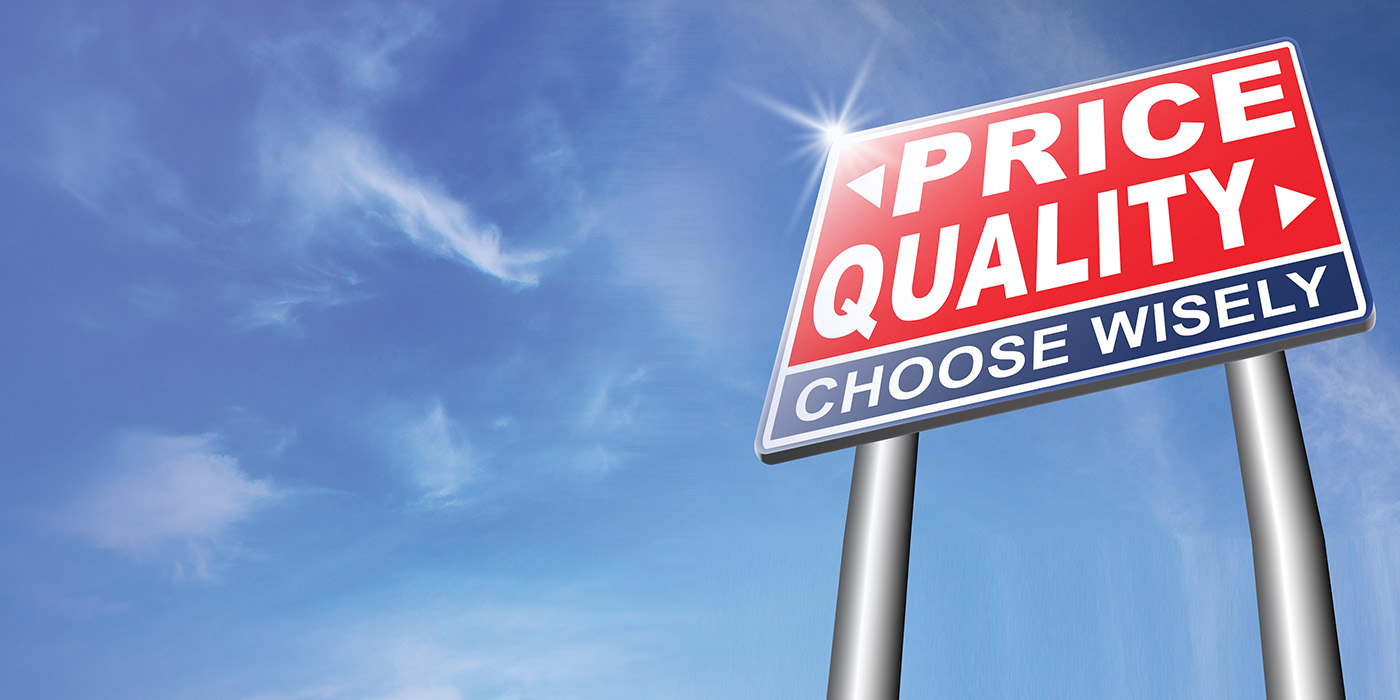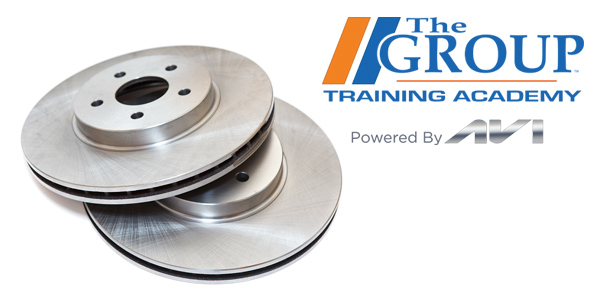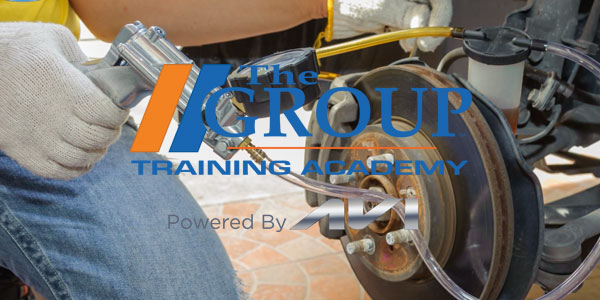What kind of friction materials are used in brake pads today?
A. A wide variety of friction materials and other ingredients are used in brake pads. Most pads look pretty much the same, and are usually a medium to dark gray color. Some have little flecks of metallic fibers or flakes embedded in the material, while others don’t.
The friction materials fall under various headings such as “ceramic” or “semi-metallic” or “NAO”, which stands for nonasbestos organic. The terms by themselves don’t tell you much. NAO friction materials do not contain any asbestos (and haven’t for many years), but they do contain other kinds of fibers and fillers — as many as 17 or more different ingredients in the formula, including various sizes and types of carbon (Kevlar) or ceramic fibers, metallic fibers, graphite, coke particles, inorganic fillers and resins. Typically, NAO pads have a low metallic content (usually less than 30 percent), but that percentage can vary with the product and application.
Semi-metallic pads have a high metallic content, typically 50-60 percent or more chopped steel wool fiber. Semi-metallic pads tend to be harder and noisier than other types of pads, but the steel fibers are heat resistant and are good for high temperature, hard use applications.
Ceramic pads are like NAO pads except that they contain some percentage of ceramic fibers or particles. How much ceramic is anybody’s guess. Only the brake suppliers know for sure, and they’re not telling because their formulas are a proprietary secret. They will tell you that the size of the ceramic fibers or particles can range from 0.4 to as much as 80 microns in diameter depending on the brand and application. Some say smaller is better because the brakes run quieter, but others disagree and say size doesn’t matter. It’s the other ingredients in the pads that have more of an impact on noise and performance. In any event, ceramic pads are touted for being quieter, kinder to rotors, more wear resistant than most NAO materials, and low dusting (for cleaner wheels).
Q. When a customer is shopping for new brake pads, what are the criteria the look for in a set of replacement pads?
A. Though price is always an important consideration, performance is what usually matters most. According to one JD Power survey, the most important features that customers want from their brakes are as follows:
1. Stopping power
2. Good pedal feel (no soft or mushy pedal)
3. Quiet operation (no squeals or other objectionable noise)
4. No brake pulsation (which is a function of rotor wear and runout)
5. Durability
Brake suppliers take these factors into consideration when they develop and market a new friction material. That’s why there has been such a proliferation of different friction materials and brake product lines in recent years. There’s a product for every niche. Because of this, it’s important to make sure your customers buy pads that are not only engineered for their specific vehicle, but also for the kind of driving they do and the performance they expect.
A customer who’s only interested in price would probably be happiest with a set of inexpensive NAO pads. Ceramic pads are a good match for customers who want quiet, smooth braking with minimal brake dust and wear. Performance enthusiasts, larger SUVs and “hard use” applications usually benefit most with semi-metallic pads.











